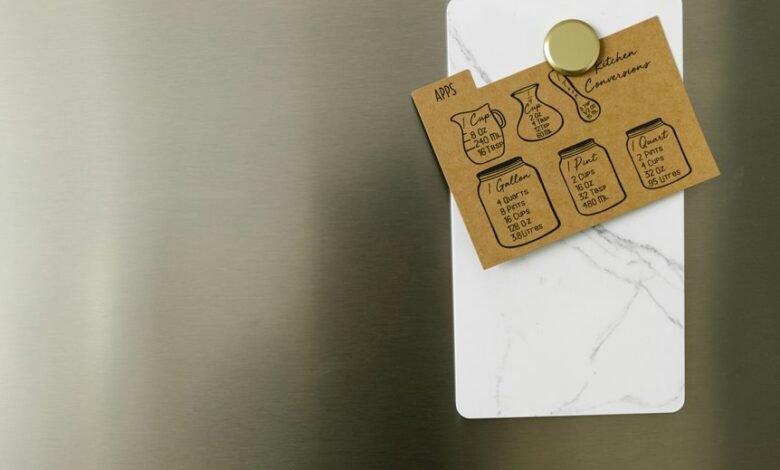9 Celsius to Fahrenheit: Simple Temperature Conversion Guide

Temperature conversion between Celsius and Fahrenheit is a fundamental skill. It enables individuals to interpret weather forecasts, adjust recipes, and understand scientific data. The specific conversion of 9 degrees Celsius to Fahrenheit exemplifies this process. By utilizing a straightforward formula, one can easily navigate these temperature scales. However, understanding the broader implications and applications of such conversions reveals a deeper significance that merits further exploration.
Understanding the Celsius and Fahrenheit Scales
The Celsius and Fahrenheit scales are two distinct systems used for measuring temperature, each with its own historical context and practical applications.
Celsius history traces back to the mid-18th century, developed by Anders Celsius, while Fahrenheit origins date to Daniel Gabriel Fahrenheit’s 18th-century innovations.
These scales serve different regions and scientific contexts, reflecting the diverse approaches to understanding thermal phenomena across cultures.
The Formula for Temperature Conversion
Understanding the differences between Celsius and Fahrenheit scales naturally leads to the need for a reliable method to convert between them.
The primary formula used for this conversion is: Fahrenheit = (Celsius × 9/5) + 32.
This formula exemplifies effective conversion methods between temperature scales, allowing individuals to easily transition between these two systems and enhance their understanding of temperature measurement.
Calculating 9 Degrees Celsius to Fahrenheit
To convert 9 degrees Celsius into Fahrenheit, one must apply the established formula.
The calculation involves multiplying the Celsius temperature by 1.8 and then adding 32.
Therefore, 9 degrees Celsius equates to 48.2 degrees Fahrenheit.
This conversion illustrates the relationship between Celsius temperature and Fahrenheit temperature, facilitating understanding for those who navigate different temperature measurement systems.
Practical Applications of Temperature Conversion
Numerous practical applications exist for temperature conversion, particularly in fields such as science, engineering, and everyday life.
In weather forecasting, accurate temperature readings in both Celsius and Fahrenheit enhance public safety and preparedness.
Similarly, in cooking, understanding cooking temperatures across different systems ensures optimal food safety and quality.
Such conversions empower individuals to navigate diverse environments and culinary practices effectively.
Conclusion
In conclusion, converting temperatures between Celsius and Fahrenheit is a fundamental skill with far-reaching implications in daily life and scientific endeavors. Notably, approximately 95% of the world uses the Celsius scale, highlighting the significance of understanding both systems for effective communication across cultures. As demonstrated, 9 degrees Celsius equates to 48.2 degrees Fahrenheit, illustrating the practical utility of such conversions in diverse fields, from meteorology to culinary arts. Mastery of this conversion fosters greater global interaction and comprehension.




